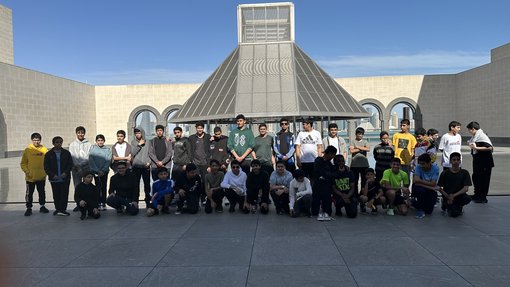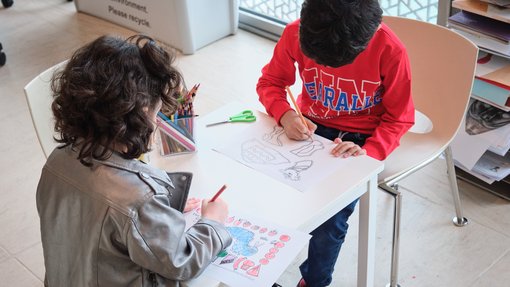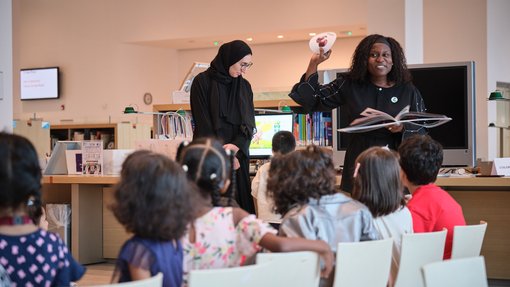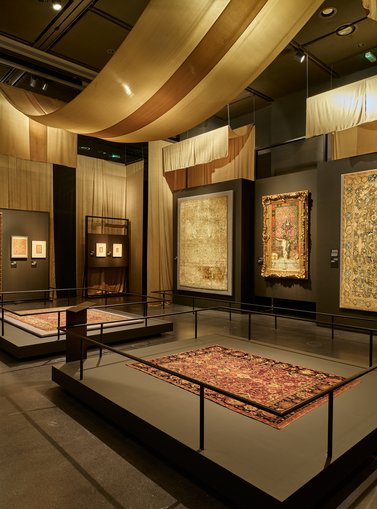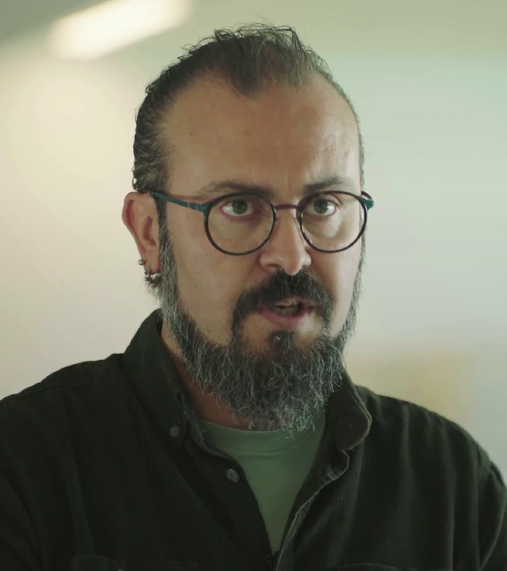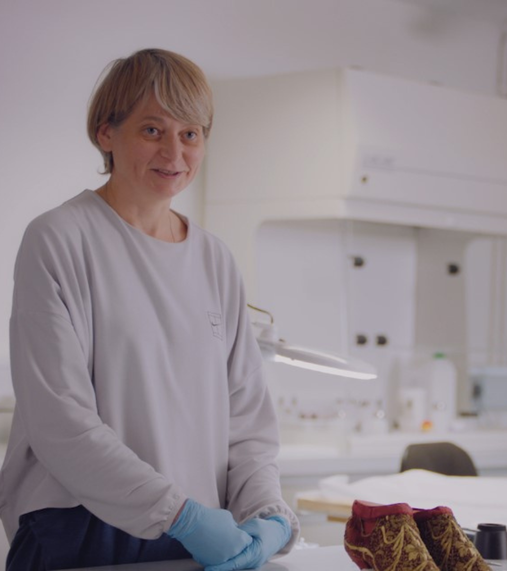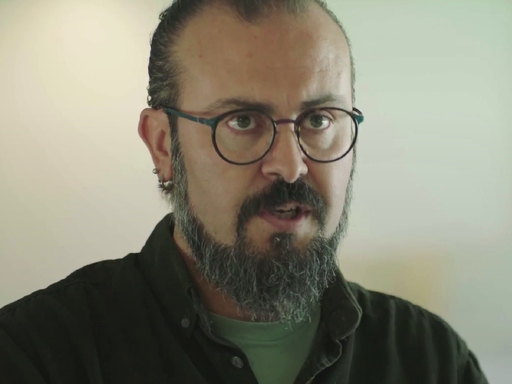MIA is part of an important global network and collaborates with numerous international partners on exhibitions, research and conservation projects. These partnerships enable the museum to share its expertise in Islamic art and culture with the wider world and to learn from colleagues at other institutions.
MIA Park brings people together for cultural and educational events and showcases engaging public artworks. In the spirit of the Old Souq tradition, the bazaars held in MIA Park present an array of stalls featuring bakeries, a diverse selection of gifts, clothing and much more. The bazaar commences on weekends throughout the winter, picking up again after the summer.
Through its comprehensive preservation efforts, education programmes and activities, coupled with globally significant special exhibitions and its unique permanent collection displays, the Museum of Islamic Art stands as a testament to the power of art and culture in nurturing mutual understanding and appreciation across the world.
Loubna Zeidan is a Senior Editorial Specialist at Qatar Museums.

